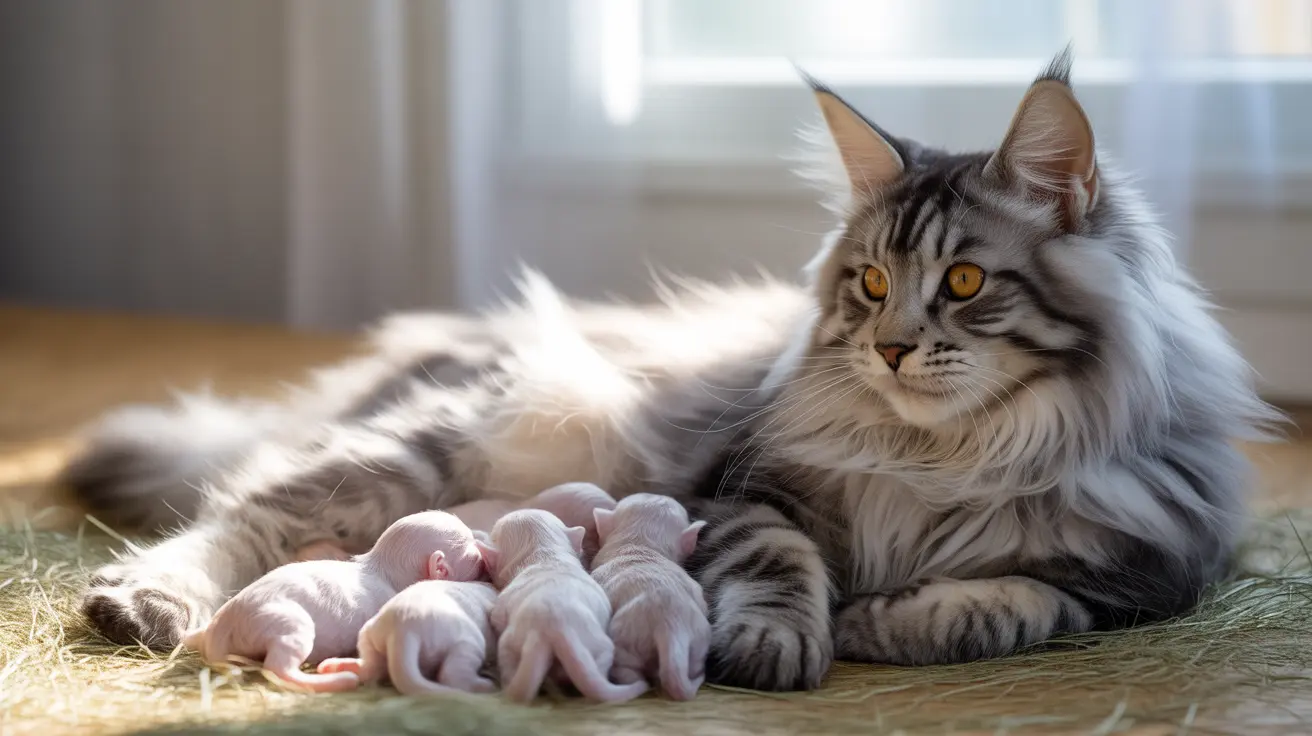When your cat goes into labor, understanding the normal timing between kitten births is crucial for ensuring a healthy delivery. While the process can vary significantly between cats, knowing what to expect and when to be concerned can help you provide the best support for your feline companion during this important time.
In this comprehensive guide, we'll explore the typical intervals between kitten births, what constitutes normal labor progression, and when you should seek veterinary assistance. Whether you're a first-time cat owner or an experienced breeder, this information will help you navigate the birthing process with confidence.
Normal Time Intervals Between Kitten Births
Most cats will deliver their kittens with intervals ranging from 10 to 60 minutes between each birth. During this time, the mother cat (queen) will experience active contractions and may show signs of straining. The actual delivery of each kitten typically takes between 5 to 30 minutes once active pushing begins.
It's important to note that the entire birthing process for a complete litter usually takes between 4 to 16 hours, though it can occasionally extend up to 24 hours, especially with larger litters.
Understanding Interrupted Labor
One of the most surprising aspects of feline labor is the phenomenon known as interrupted labor or the "resting phase." During this time, a mother cat may temporarily pause her labor for up to 24-36 hours before resuming delivery of the remaining kittens.
- Caring for her already-born kittens
- Eating and drinking normally
- Appearing relaxed and comfortable
- Showing no signs of distress
Signs of Normal vs. Problematic Labor
Understanding the difference between normal labor progression and potential complications is essential for proper monitoring of the birthing process.
Normal Labor Signs:
- Regular contractions with visible progress
- Calm demeanor between deliveries
- Active attention to cleaning and nursing delivered kittens
- Clear discharge without foul odor
Warning Signs Requiring Veterinary Attention:
- Straining for more than 30 minutes without producing a kitten
- Visible distress or excessive crying
- Green or foul-smelling discharge
- A kitten visible in the birth canal for more than a few minutes
Factors Affecting Birth Intervals
Several factors can influence the time between kitten births:
- Litter size: Larger litters may have shorter intervals
- Mother's age and experience: First-time mothers might take longer
- Individual kitten positioning: Breech positions can extend delivery time
- Mother's overall health and energy levels
Frequently Asked Questions
How long is the typical time between kittens being born during a cat's labor?
Typically, kittens are born 10-60 minutes apart, with the actual delivery taking 5-30 minutes once the mother begins actively pushing.
Is it normal for a mother cat to stop delivering kittens for a day or more before continuing labor?
Yes, this is called interrupted labor or the resting phase. It's normal and can last up to 24-36 hours before labor resumes.
When should I be concerned and call a vet if the time between kitten births seems too long?
Contact a veterinarian if the mother cat strains for more than 30 minutes without producing a kitten, shows signs of distress, or has a kitten visibly stuck in the birth canal.
How long does the entire process of kittens being born usually take from start to finish?
The complete birthing process typically takes 4-16 hours but can extend up to 24 hours or more, especially with larger litters or interrupted labor.
What signs indicate that a mother cat is experiencing normal versus problematic labor between kitten births?
Normal labor signs include regular contractions, calm behavior between births, and attention to already-born kittens. Problematic signs include excessive straining, distress, crying out in pain, or foul-smelling discharge.
When in doubt about your cat's labor progression, it's always better to err on the side of caution and contact your veterinarian. They can provide professional guidance and ensure the safety of both mother and kittens during this critical time.






